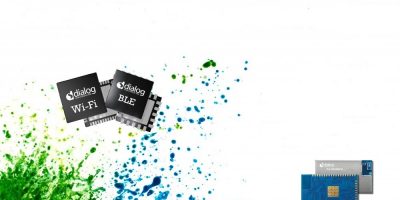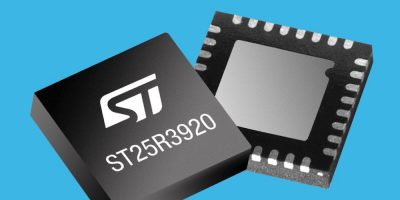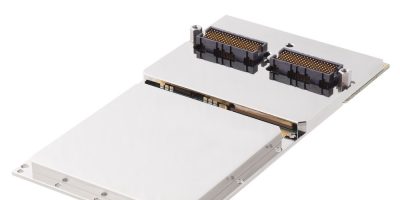Leveraging the DA16200 VirtualZero Wi-Fi technology with SmartBond Tiny DA14531 Bluetooth, Dialog Semiconductor claims that the DA16600 module offers best-in-class battery life and configurability.
The DA16200 SoC was purpose-built for battery-powered IoT applications, including connected door locks, thermostats, security cameras and other devices that require an always-on Wi-Fi connection, but may be only used sporadically. Its VirtualZero technology enables the industry’s lowest level of power consumption for Wi-Fi connectivity, so that even continuously connected devices can achieve up to five years of battery life in many use cases, said Dialog Semiconductor. The DA16600 module also leverages the capabilities of the SmartBond TINY DA14531, claimed to be the world’s smallest and lowest power Bluetooth SoC.
The DA16600 Wi-Fi and Bluetooth Low Energy module combines the two complex protocol stacks, eliminating issues often caused by the co-existence of two radios at 2.4GHz in the same design, said Dialog. Bluetooth Low Energy provides ease of configurability for Wi-Fi in the application, simplifying the task of Wi-Fi set up for the end user. The module design is optimised to be incorporated into an embedded IoT product using is a simple set of guidelines provided by Dialog.
The module is certified for worldwide operation, including certifications for FCC, IC, CE, Telec, Korea and SRRC. It is also Wi-Fi Certified for interoperability.
Evaluation boards and a complete software development kit (SDK) are available for the DA16600 module via DigiKey. The SDK includes sample applications, provisioning apps, AT command library and power management tools.







